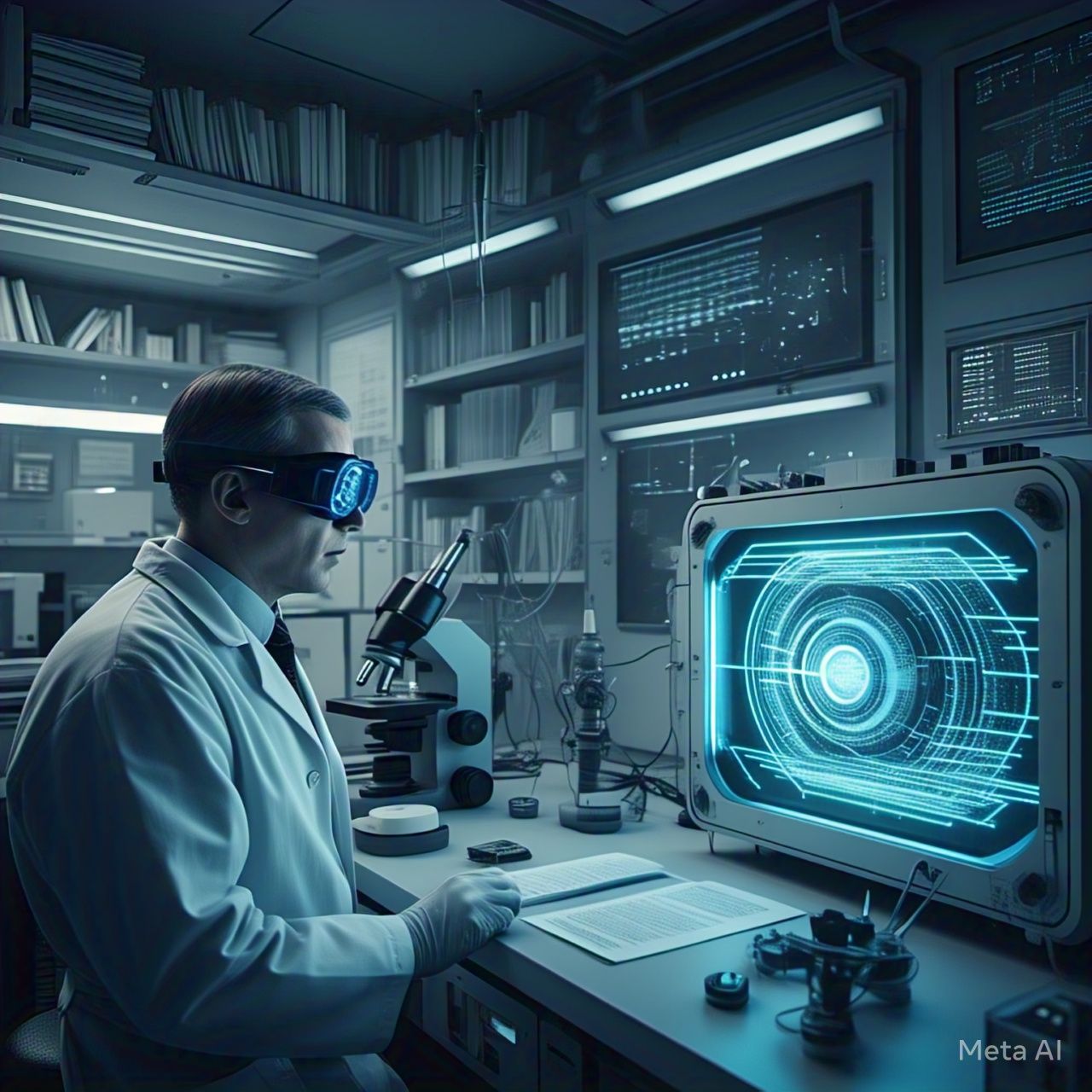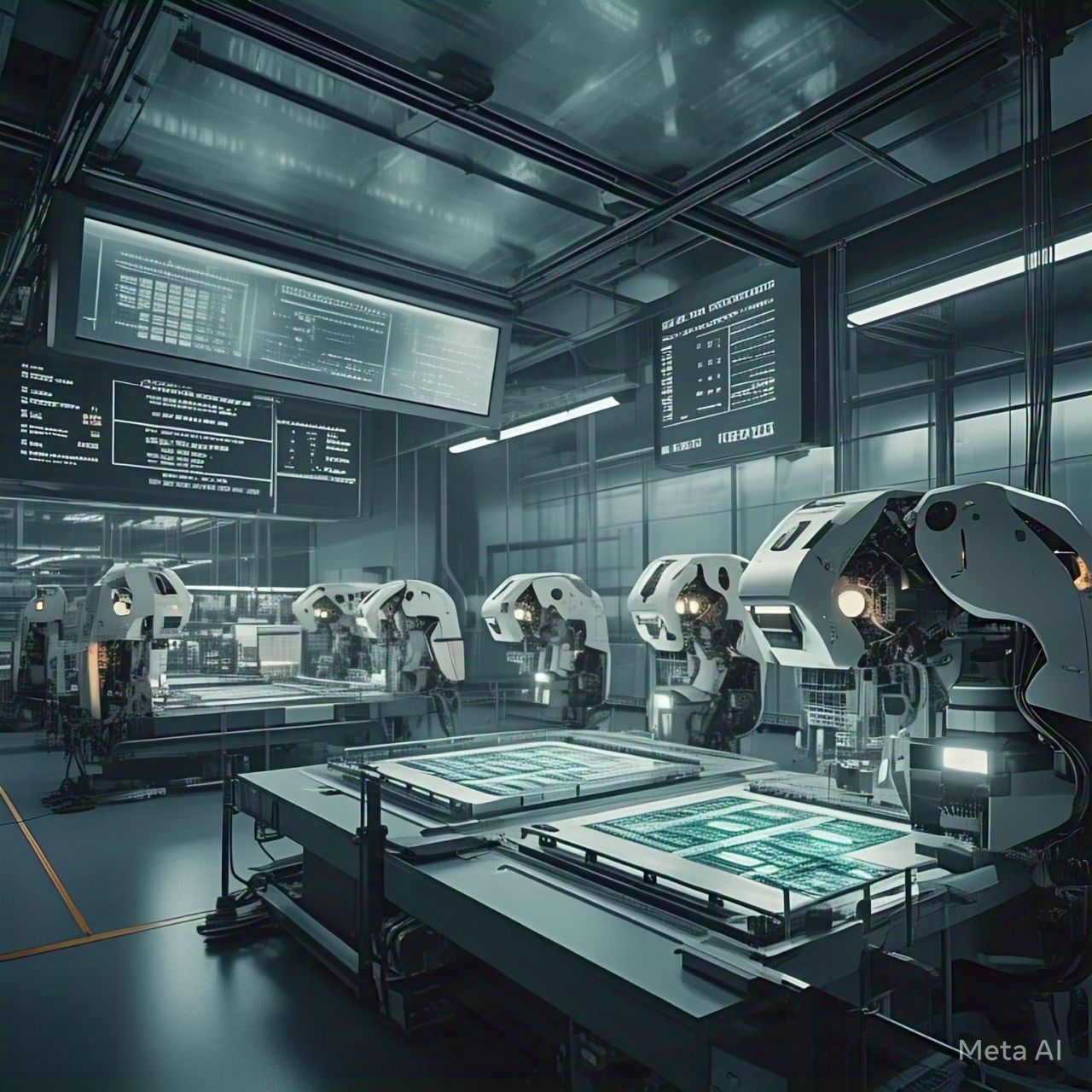Table of Contents
- Introduction
- Understanding Photonic AI Chips
- The Power of Superconductor Chips in AI
- Comparing Photonic and Superconductor Chips
- The Synergy Between Photonic and Superconductor Chips
- Practical Applications in AI Acceleration
- Challenges and Limitations
- The Future of AI Hardware: A Hybrid Approach?
- Conclusion
- FAQs
1. Introduction
The demand for faster, more efficient AI hardware has led to breakthroughs in photonic and superconductor chips. While photonic chips use light for processing, superconductors enable near-zero resistance computing, offering remarkable speed and energy efficiency. But can these two revolutionary technologies work together to push AI computing beyond current limits?
This article delves into the synergy between photonic and superconductor chips, their benefits, and whether they can reshape the AI hardware landscape.
2. Understanding Photonic AI Chips
2.1 What Are Photonic AI Chips?
Photonic AI chips use light (photons) instead of electrical signals to perform computations, dramatically increasing processing speed and efficiency.
2.2 How Do They Work?
- Utilize silicon photonics to transmit and process data using light waves
- Integrate optical waveguides for high-speed data transfer
- Reduce energy consumption by eliminating resistive losses
2.3 Advantages
- Near-instantaneous data transfer with minimal heat generation
- High bandwidth, allowing parallel processing at unprecedented speeds
- Low energy consumption, making AI data centers more sustainable
2.4 Disadvantages
- Complex fabrication process
- Integration challenges with existing semiconductor-based systems
3. The Power of Superconductor Chips in AI
3.1 What Are Superconductor Chips?
Superconductor chips operate at cryogenic temperatures, leveraging zero electrical resistance to enable high-speed, energy-efficient AI computations.
3.2 How Do They Work?
- Use Josephson junctions to switch states at ultra-fast speeds
- Require low-temperature environments (near absolute zero)
- Enable low-latency, energy-efficient processing
3.3 Advantages
- Near-zero energy loss, making them ultra-efficient
- 100x faster processing speeds than traditional silicon chips
- Minimal heat generation, reducing cooling costs
3.4 Disadvantages
- Necessitate cryogenic cooling, increasing operational complexity
- Limited commercial availability due to high production costs
4. Comparing Photonic and Superconductor Chips
| Feature | Photonic AI Chips | Superconductor AI Chips |
|---|---|---|
| Computing Model | Optical (light-based) | Electrical (zero resistance) |
| Processing Speed | Extremely fast | Ultra-fast (100x silicon) |
| Power Consumption | Very low | Near-zero |
| Heat Generation | Minimal | Minimal |
| Scalability | High | Moderate |
| Commercial Readiness | Emerging | Experimental |
5. The Synergy Between Photonic and Superconductor Chips
5.1 Can They Work Together?
Yes! Photonic and superconductor chips complement each other by combining the speed of light-based computing with the efficiency of superconducting logic.
5.2 Potential Hybrid Model
- Photonics for Data Transmission: High-speed, long-distance data transfer
- Superconductors for Processing: Ultra-efficient AI model execution
- Hybrid Cryogenic AI Systems: Utilizing photonic inputs and superconducting processors
5.3 Benefits of Integration
- Exponential AI acceleration, surpassing current silicon limits
- Ultra-low energy consumption, making AI more sustainable
- High scalability, enabling future AI expansion
6. Practical Applications in AI Acceleration
6.1 Superfast AI Training & Inference
Combining photonic data transmission with superconducting processing allows AI models to train and infer faster than ever before.
6.2 Advanced AI-Powered Simulations
- Weather forecasting
- Molecular and drug discovery
- High-frequency trading algorithms
6.3 Energy-Efficient AI Data Centers
A hybrid approach could revolutionize data centers, drastically reducing their carbon footprint.
7. Challenges and Limitations
7.1 Cost and Manufacturing Complexity
- Both photonic and superconductor chips require specialized fabrication
- Cryogenic cooling and integration hurdles still pose challenges
7.2 Software Adaptation
- Existing AI frameworks need optimization for hybrid hardware
- Lack of commercial software support for these next-gen chips
7.3 Scalability Issues
- Superconductors require cooling solutions, limiting deployment
- Photonic integration into existing chip architectures remains an open challenge
8. The Future of AI Hardware: A Hybrid Approach?
The fusion of photonic and superconductor technologies could create AI hardware that far surpasses current limitations. The next decade may see:
- Cryogenic AI systems leveraging both technologies
- Superfast, low-power AI accelerators powering edge computing
- Revolutionized data centers operating at near-zero energy loss
The key to success lies in overcoming integration challenges and developing a robust hardware-software ecosystem.
9. Conclusion
The synergy between photonic and superconductor AI chips presents a groundbreaking opportunity to accelerate AI beyond current barriers. While each technology has its strengths, their combination could redefine AI efficiency, speed, and scalability.
With continued research and innovation, this hybrid approach might soon become the foundation of next-gen AI hardware, offering unparalleled processing power with minimal energy consumption.
10. FAQs
1. Why are photonic AI chips important?
Photonic AI chips allow ultra-fast, energy-efficient AI processing using light instead of electrical signals.
2. What makes superconductor AI chips special?
Superconductor AI chips eliminate electrical resistance, enabling near-zero energy loss and extremely fast computation speeds.
3. Can photonic and superconductor chips be used together?
Yes! A hybrid approach leveraging both technologies could accelerate AI systems beyond current limitations.
4. What are the biggest challenges for these technologies?
- High manufacturing costs
- Cooling requirements for superconductors
- Integration with existing AI architectures
5. When will hybrid AI chips become mainstream?
Researchers predict within the next 10-20 years, as costs decrease and technology matures.




